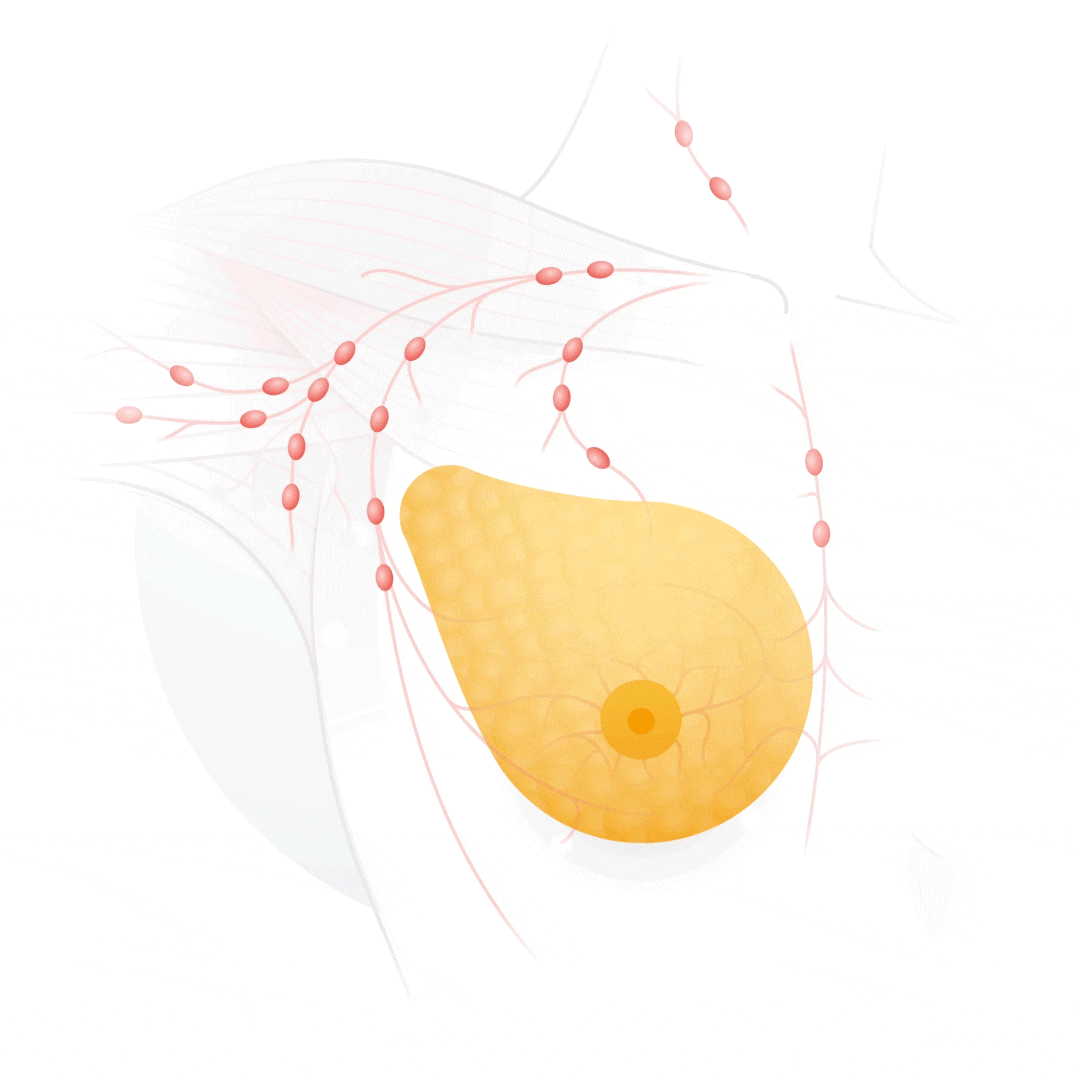Using AI to improve breast cancer screening
Breast cancer is a condition that affects far too many women across the globe. More than 55,000 people in the U.K. are diagnosed with breast cancer each year, and about 1 in 8 women in the U.S. will develop the disease in their lifetime.
Digital mammography, or X-ray imaging of the breast, is the most common method to screen for breast cancer, with over 42 million exams performed each year in the U.S. and U.K. combined. But despite the wide usage of digital mammography, spotting and diagnosing breast cancer early remains a challenge.
Reading these X-ray images is a difficult task, even for experts, and can often result in both false positives and false negatives. In turn, these inaccuracies can lead to delays in detection and treatment, unnecessary stress for patients and a higher workload for radiologists who are already in short supply.
Over the last two years, we’ve been working with leading clinical research partners in the U.K. and U.S. to see if artificial intelligence could improve the detection of breast cancer. Today, we’re sharing our initial findings, which have been published in Nature. These findings show that our AI model spotted breast cancer in de-identified screening mammograms (where identifiable information has been removed) with greater accuracy, fewer false positives, and fewer false negatives than experts. This sets the stage for future applications where the model could potentially support radiologists performing breast cancer screenings.
Our research
In collaboration with colleagues at DeepMind, Cancer Research UK Imperial Centre, Northwestern University and Royal Surrey County Hospital, we set out to see if artificial intelligence could support radiologists to spot the signs of breast cancer more accurately.
The model was trained and tuned on a representative data set comprised of de-identified mammograms from more than 76,000 women in the U.K. and more than 15,000 women in the U.S., to see if it could learn to spot signs of breast cancer in the scans. The model was then evaluated on a separate de-identified data set of more than 25,000 women in the U.K. and over 3,000 women in the U.S. In this evaluation, our system produced a 5.7 percent reduction of false positives in the U.S, and a 1.2 percent reduction in the U.K. It produced a 9.4 percent reduction in false negatives in the U.S., and a 2.7 percent reduction in the U.K.
We also wanted to see if the model could generalize to other healthcare systems. To do this, we trained the model only on the data from the women in the U.K. and then evaluated it on the data set from women in the U.S. In this separate experiment, there was a 3.5 percent reduction in false positives and an 8.1 percent reduction in false negatives, showing the model’s potential to generalize to new clinical settings while still performing at a higher level than experts.
This is a visualization of tumor growth and metastatic spread in breast cancer. Screening aims to detect breast cancer early, before symptoms develop.

Notably, when making its decisions, the model received less information than human experts did. The human experts (in line with routine practice) had access to patient histories and prior mammograms, while the model only processed the most recent anonymized mammogram with no extra information. Despite working from these X-ray images alone, the model surpassed individual experts in accurately identifying breast cancer.
Next steps
Looking forward to future applications, there are some promising signs that the model could potentially increase the accuracy and efficiency of screening programs, as well as reduce wait times and stress for patients. Google’s Chief Financial Officer Ruth Porat shared her optimism around potential technological breakthroughs in this area in a post in October reflecting on her personal experience with breast cancer.
But getting there will require continued research, prospective clinical studies and regulatory approval to understand and prove how software systems inspired by this research could improve patient care.
This work is the latest strand of our research looking into detection and diagnosis of breast cancer, not just within the scope of radiology, but also pathology. In 2017, we published early findings showing how our models can accurately detect metastatic breast cancer from lymph node specimens. Last year, we also developed a deep learning algorithm that could help doctors spot breast cancer more quickly and accurately in pathology slides.
We’re looking forward to working with our partners in the coming years to translate our machine learning research into tools that benefit clinicians and patients.
For additional information or questions about our research, see our FAQs.






